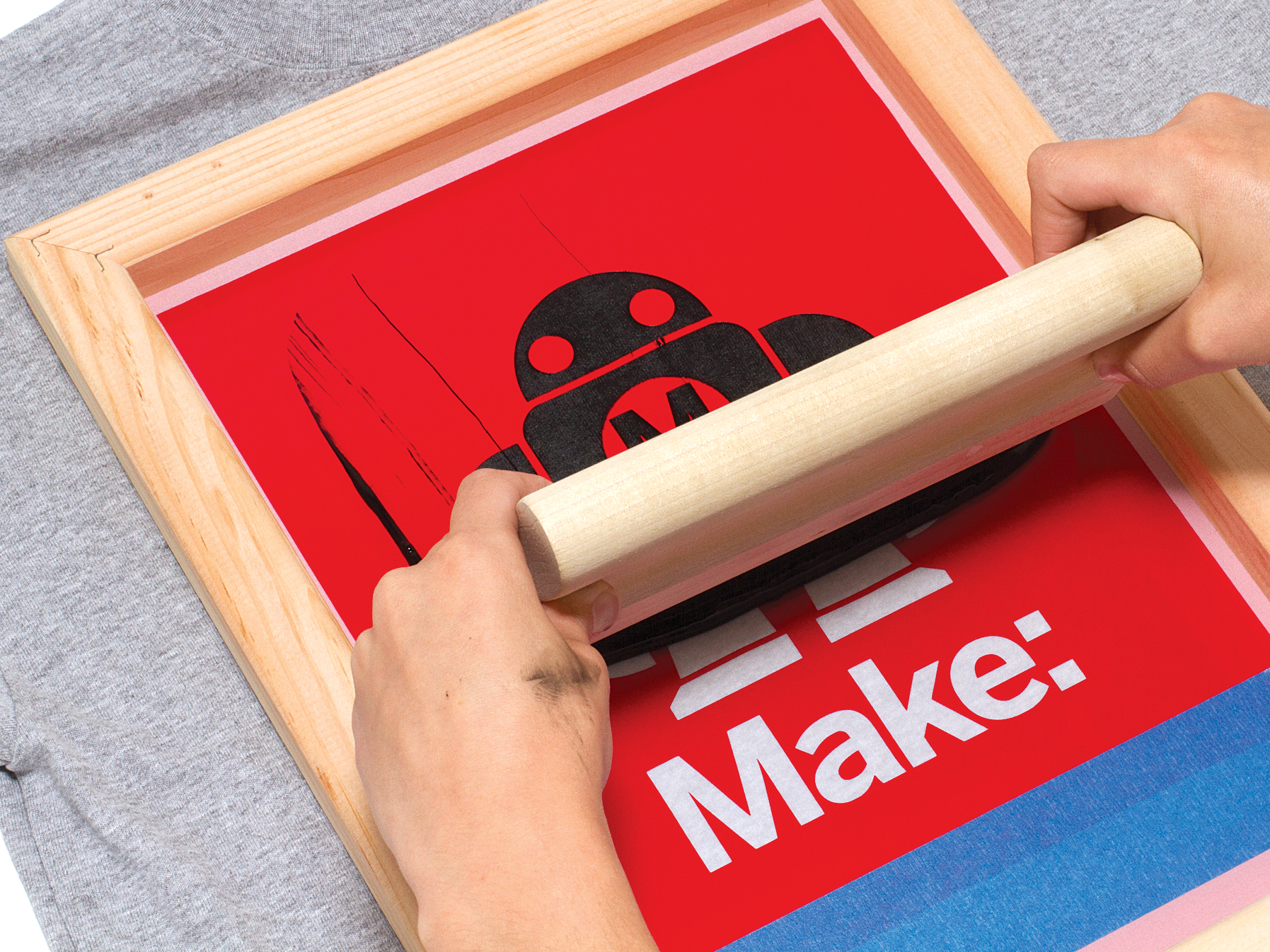The Important Guide to Comprehending Screen Printing and Its Versatile Utilizes
Screen printing has a rich background that goes back to ancient times, evolving into a sophisticated method utilized across different markets today. This guide explores the details of the screen printing process, outlining its applications in advertising and marketing, fashion, and home décor - 10:9 Design near me. Recognizing these principles can open up imaginative capacity for both creative and industrial jobs. The adhering to areas will expose crucial suggestions and methods to enhance one's screen printing ventures
The History of Screen Printing
Screen printing has roots that trace back centuries, its advancement mirrors the creative and technological advancements of various societies. Coming from in ancient China, the strategy was originally used for enhancing textiles and later infect Japan, where it became important to Ukiyo-e woodblock printing. The approach shifted to Europe in the 18th century, where it acquired appeal among craftsmens and industrial printers. The development of photo solution in the 20th century reinvented screen printing, permitting more complex styles and higher effectiveness. Musicians like Andy Warhol further moved its popularity, using the medium to create famous works that combined commercialism and great art. By the late 20th century, screen printing had developed itself as a flexible strategy, utilized in fashion, advertising, and fine art. Today, it proceeds to evolve, incorporating electronic modern technology and expanding its applications throughout different sectors.
The Screen Printing Refine Explained
Screen printing changes artistic visions right into concrete designs through a series of exact actions. A picture is produced and after that moved onto a screen, typically made of fine mesh fabric extended over a framework. A light-sensitive emulsion is put on the screen, which is revealed to light, solidifying in locations not covered by the image. After washing out the unhardened emulsion, a stencil is developed.
Next, the screen is put over the substrate, whether it be fabric, paper, or one more product. Ink is then pushed with the open locations of the pattern making use of a squeegee, depositing the design onto the substratum below. This procedure can be duplicated for numerous shades, calling for separate screens for each hue. Finally, the printed product is healed making use of heat to assure the ink sticks effectively, resulting in a sturdy, vivid design on-line.
Types of Screen Printing Techniques

Furthermore, specialty techniques, such as discharge screen printing, get rid of color from the fabric to develop softer prints, while aluminum foil screen printing applies metallic aluminum foil to achieve a glossy finish (10:9 Design near me). Each method offers distinct qualities, providing to different imaginative demands and manufacturing scales, eventually increasing the possibilities within the screen printing domain
Applications of Screen Printing in Various Industries

Additionally, the signs and advertising and marketing markets use screen printing for developing captivating screens and banners. This method allows for strong shades and elaborate designs that capture focus. In electronic devices, screen printing is used for using conductive inks to motherboard, vital for component connections. Additionally, the home style industry accepts screen printing to generate distinct designs on fabrics and wall surface art. Generally, screen printing works as a critical tool across diverse fields, enhancing items with customized and visually attractive graphics.
Tips for Successful Screen Printing Projects
While embarking on a screen printing project, cautious focus to detail can substantially boost the last end result. Selecting high-quality materials is essential; this includes the screen, inks, and substratums. Utilizing appropriate mesh counts can influence ink deposition and information resolution. Preparation is similarly essential; extensive cleaning of displays and correct exposure times ensure crisp prints.
Next off, precise registration is vital for multi-color prints. Utilizing alignment devices can assist achieve exact layering. In addition, screening prints on scrap materials prior to manufacturing assists recognize potential concerns click here for more without throwing away resources.
Often Asked Concerns
What Materials Are Best for Screen Printing on Material?
Cotton and polyester blends are optimal for screen printing on material due to their durability and ink absorption. Additionally, specialized textiles like silk or canvas can generate unique structures and finishes, improving the total design quality.
How Do I Clean and Maintain Screen Printing Tools?
To keep and clean up screen printing tools, one need to regularly wash displays with ideal solvents, check squeegees for wear, oil relocating parts, and shop all items in a dry, dust-free setting to extend their lifespan.
What Are the Environmental Influences of Screen Printing?
Screen printing can have considerable ecological influences, including chemical waste from solvents and inks, water usage during cleansing procedures, and power usage. Sustainable methods and environment-friendly products are vital for reducing these adverse results.
Can Screen Printing Be Done in your home Efficiently?
Screen printing can be properly done at home with the best products and methods. Enthusiasts can create high quality prints, though success depends upon their ability level, devices, and understanding of the procedure included.
What Are the Expenses Related To Beginning a Display Printing Business?

Starting a screen printing business includes costs for tools, products, and work area. Preliminary expenditures normally vary from a few hundred to numerous thousand bucks, depending on the range, high quality of equipment, and preferred production capability.
Screen printing has an abundant history that dates back to old times, progressing into an advanced method made use of across various industries today. Another technique, rotating screen printing, utilizes round displays, facilitating continual printing on material rolls, consequently improving efficiency for large-scale productions. Furthermore, specialty strategies, such as discharge screen printing, remove color from the fabric to develop softer prints, while aluminum foil screen printing applies metallic aluminum foil to attain a glossy coating. In the official statement style sector, screen printing is widely made use of to create vivid designs on garments, making it possible for brands to showcase their distinct designs. Cotton and polyester blends are excellent for screen printing on textile due to their longevity and ink absorption.